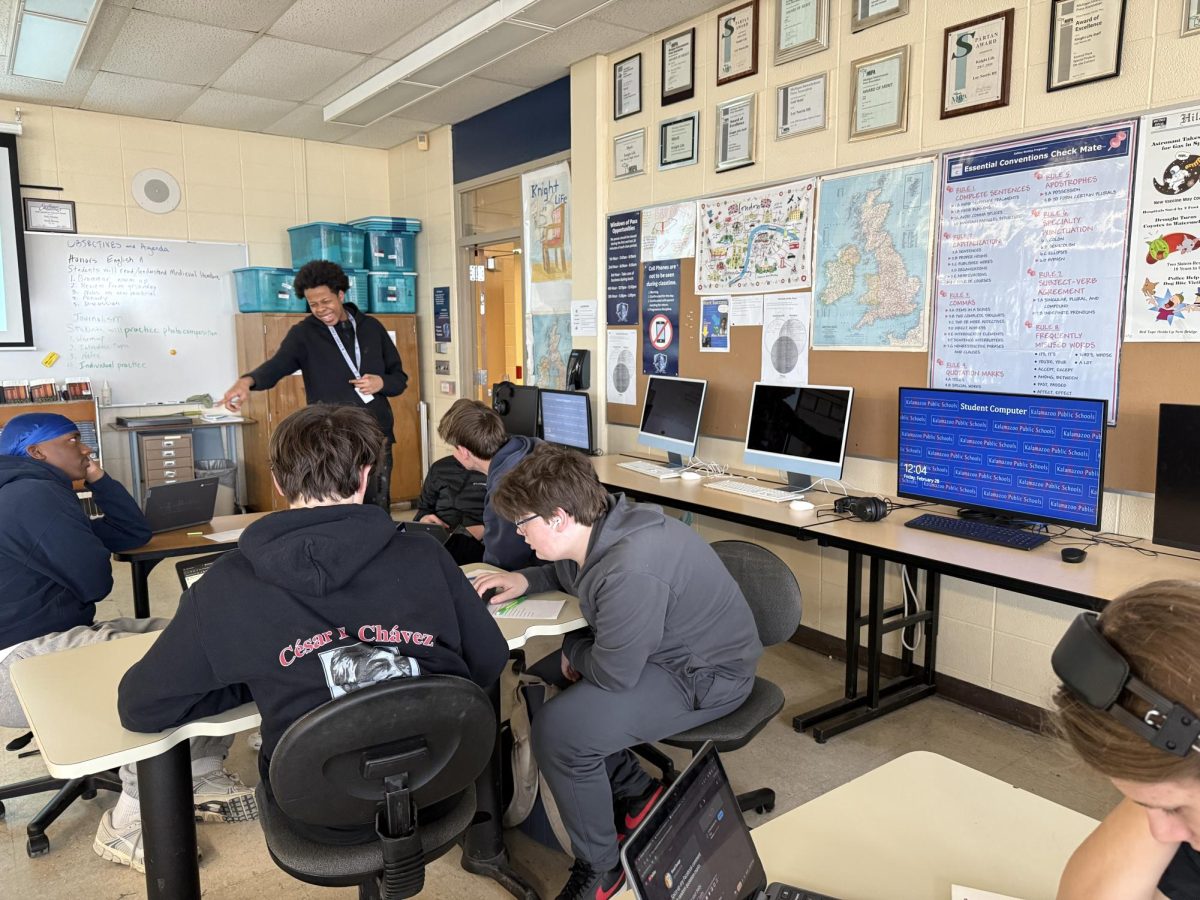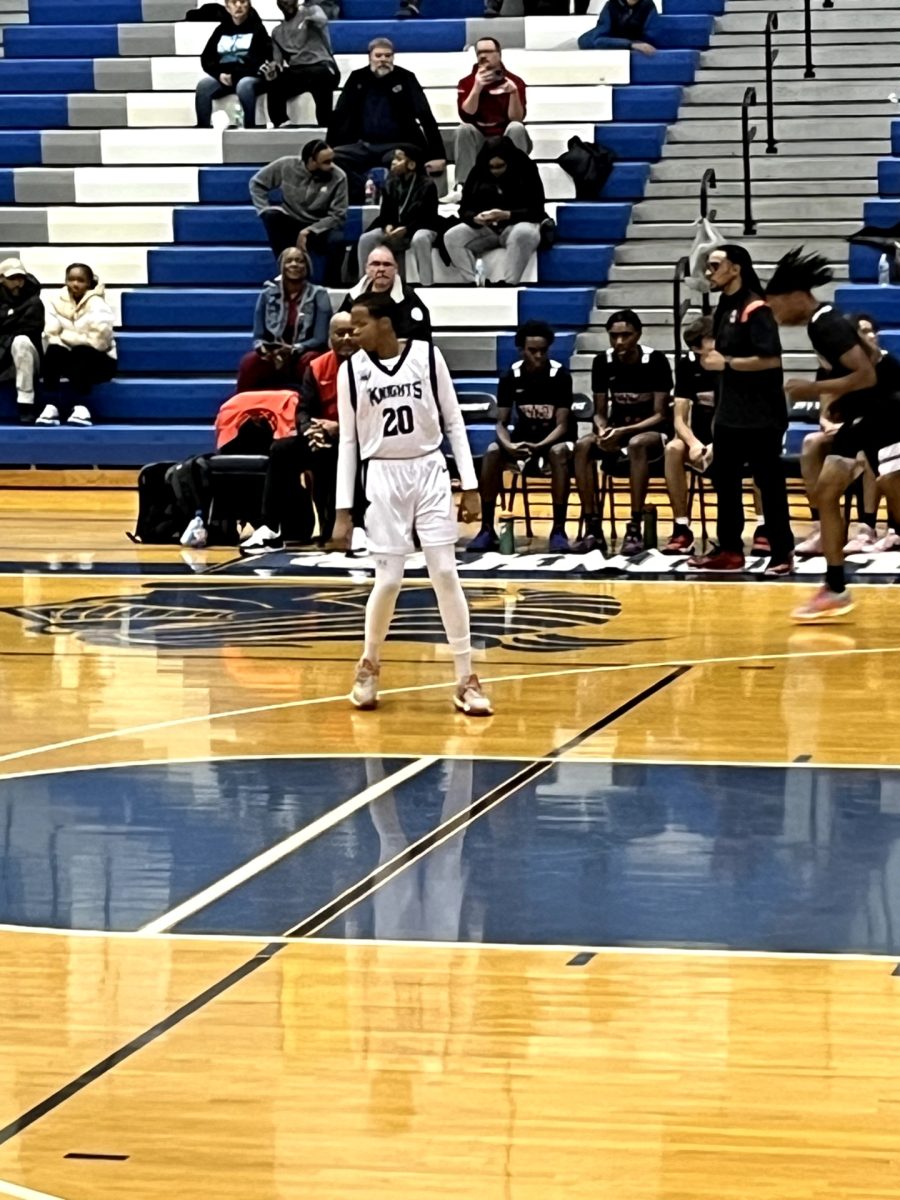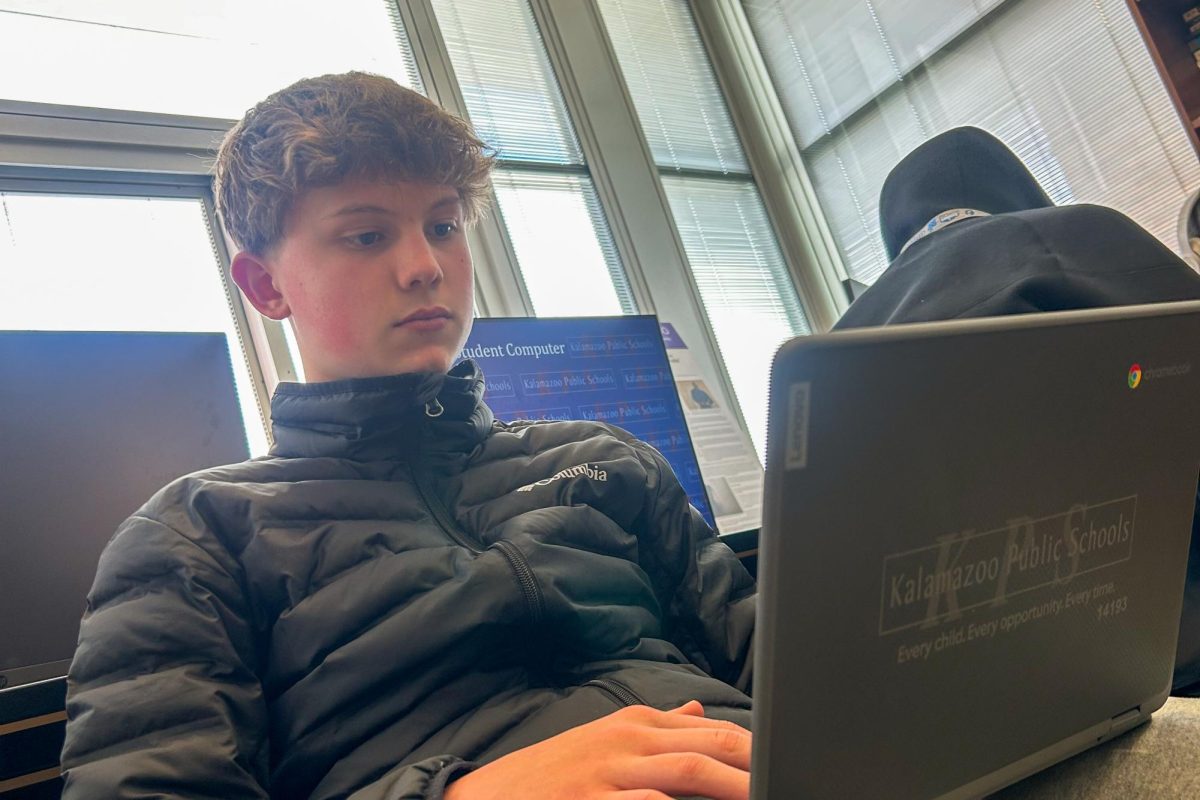
Junior Kierra Grado struggles to focus as she stares down at a math problem right under her pencil. For about a year and a half, she’s been struggling with Attention Deficit Hyperactivity Disorder, or, as it’s more commonly known, ADHD. She taps her pencil multiple times and looks up to talk with a friend, completely forgetting about the worksheet stationed on the desk.
People who have ADHD were either born with it as a result of mothers who were smoking or drinking during pregnancy, birth complications or very low birth weight. Other people get exposed to it over their lifetime by exposure to lead or other toxic substances, extreme neglect, abuse or social deprivation. It’s a common thing for children to have, especially as the disease grows into the teenage and even the adult years.
There are three different types of the disorder: Predominantly Inattentive Presentation which is where the child is distracted easily and can forget things. Predominantly Hyperactive-Impulsive Presentation is where the child is quite fidgety and talks a lot. The last is Combined Presentation, which is a combination of both, where the child is fidgety and distracted easily.
Grado was born with Combined Presentation, being both distracted and fidgety.
“I specifically have ADHD Inattentive, which means that I’m more prone to not focus than I am to be hyperactive. I can’t be classified as Attention Deficit Disorder (ADD) because I have almost half of the symptoms of ADHD,” said Grado.
ADD is when the child is ‘spacey’ and not paying attention, much like Predominantly Inattentive, but slightly different.
Grado didn’t understand what this would mean until she realized she would have to adapt her life around this kind of problem at the age of fourteen.
“My first reaction after I found out was just shock. I wasn’t prepared for it. I didn’t want to have it and wanted to find a way to get rid of it. At the time I didn’t really understand that it was something you were born with and something you couldn’t get rid of. I didn’t want people to know because I didn’t want to feel labeled,” said Grado.
She didn’t realize she had this disorder until her parents began mentioning little changes in her attitude and the way she went about her daily life.
“My parents were the ones to notice that I was showing some of the symptoms of ADHD. My step-mom had read books on it, at first out of curiosity and then to be able to understand how to raise a child with it. My step-mom was the one to suggest that I get tested for it,” said Grado. “It took a long time for them to notice though because most of the time children with ADHD get very frustrated with their assignments and tend to throw fits over things, but I was doing that on a daily basis. They thought it was only because my parents had just gotten divorced and that I was upset about that which kind of masked the ADHD problems.”
Surprisingly, life didn’t change as drastically for Grado as she had originally thought. It was more subtle and barely even registered in her mind for quite some time.
“[…] At first my parents and brother treated me a little bit differently, but they realized that I wasn’t really that different than I was before. Just now they knew how to help me,” said Grado. “It did change the way I thought about my life for the first few weeks, but slowly I realized it wasn’t that bad.”
There are two forms of treatment: medication or therapy. Medication can come from the family doctor or referred from a specialist. Therapy is more based around helping with the child’s behavior. Doctors often find that both medication and therapy at the same time is very helpful. Grado takes medication every morning. However, last summer her doctor decided she didn’t need to take them, since she wasn’t doing any school work.
“I would just like people to know that not everyone who has ADHD has the same level of it. There are people who have it really bad and others, like me, who don’t have it as bad,” said Grado.
It’s hard for people to even see that a child has ADHD, since there could be other excuses that the child, or the child’s parents, hide behind. The child could be quiet and well-behaved but struggling to stay focused on the teacher giving a lecture, like Grado. Conversely the child could be loud, like any disruptive teenager, but really unable to stay on one topic at a time.
Grado went to her father to ask him about his concerns on the issue of the disorder.
Tony Grado said to his daughter, “I think they over-diagnose. If you have an issue, we’re more than happy to help you get help. We’ll help you get medication, but you have to be willing to get help for yourself too. I think it’s more of a maturity thing […]. Bottom line is, you can get help if you are willing to.”
Once the disorder is diagnosed, it’s best to see a specialist for ideas on how to improve the child’s life, like with Grado. Her parents support her, and this makes her feel much more confident than when she and her family went into this blind in the beginning.







